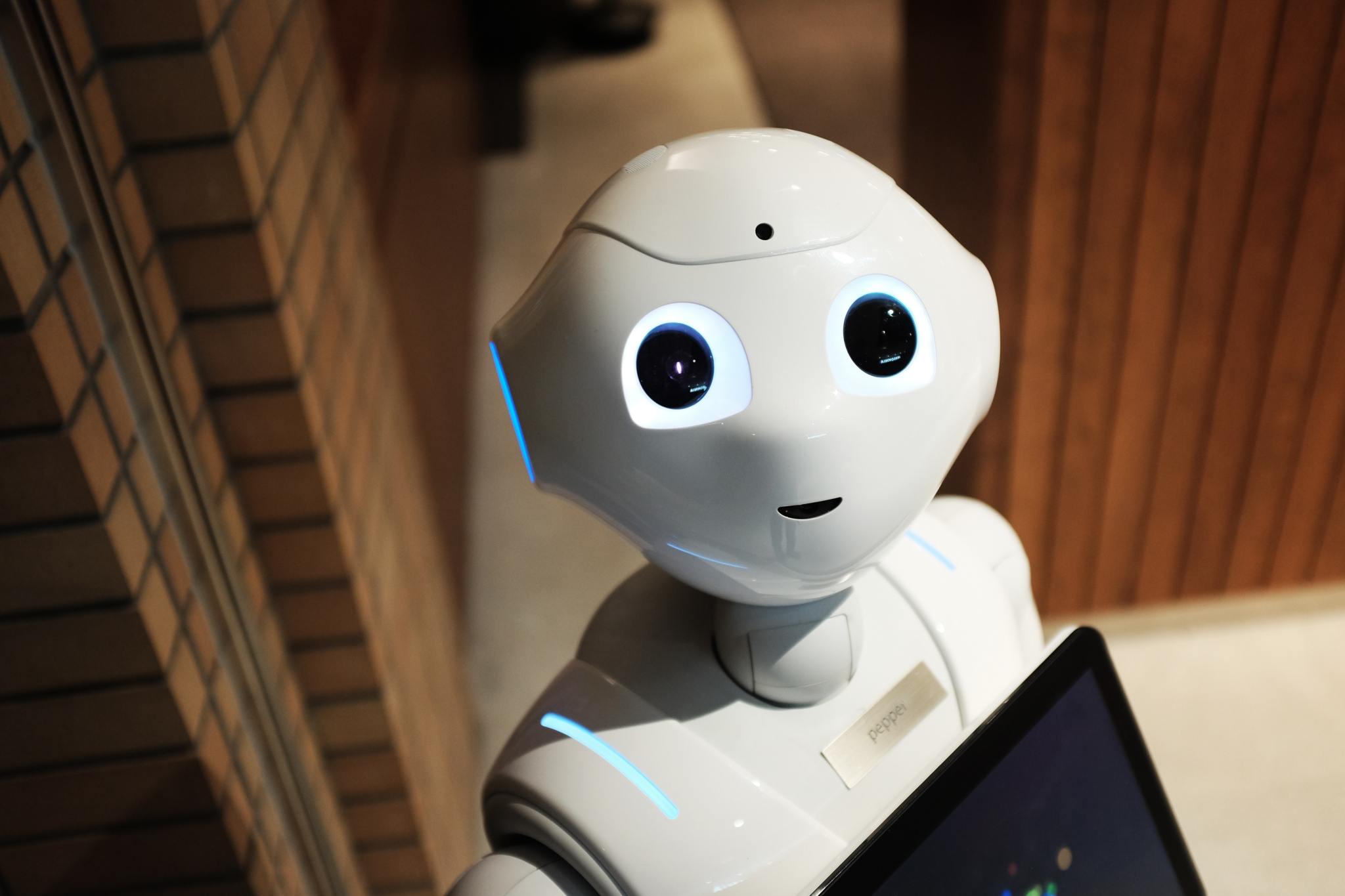China news 24th August 2020
Nowadays, our daily life is full of all kinds of digital information. Social, work, entertainment, everything is mainly digital. Imagine that the main form of matter on the earth in the future will no longer be physical, but digital information.
You may think that this kind of scene will only appear in science fiction movies, but this is not the case. We are now accelerating towards a digital world, a digital earth.
Recently, an article published in AIP Advances pointed out that, according to certain scientific principles, information is a physical and dominant fifth form of matter. The others are liquid, solid, gas and plasma.If Melvin Vopson’s conjectures are confirmed, eventually, we will reach a point of saturation. According to certain principles, the total number of digits will exceed the total number of atoms on the earth. We will construct a mainly computer simulation and a world dominated by digital bits and computer code. This is only a matter of time.
“Information disaster” brought about by technological progress
Since the discovery of transistors in 1947 and that of integrated microchips in 1956, society has undergone major technological development. In the half a century or so since the beginning of the Silicon Valley Revolution, we have made advances in computing power, wireless technology, the Internet, artificial intelligence, as well as display technology, mobile communications, transportation, and medicine.
When we burn fossil fuels and mine metal resources to maintain computer operations and perform massive digital analysis, we may not realize that this is redistributing and transforming matter on the earth. We are transforming these resources from physical atoms into digital information.
Digital information is a valuable commodity, and it is the pillar of the top high-tech companies in the world today.

Listed in chronological order are some key technological milestones that have contributed to the rapid and unstoppable growth trend of today’s digital information production.
IBM estimates that current digital content production rate is approximately 2.5 billion digital data bytes per day. Since 1 byte is composed of 8 bits of digital information, the total number of bits generated every day on the earth is massive.
Assuming an annual growth rate of 20%, 350 years from now, the number of digital bits will exceed the number of all atoms on the earth. 300 years later, the energy required to maintain this kind of digital production will run into trillions of watts.
In addition to existing global challenges, climate, environment, population, food, health, energy and security, we will have to face another special event on this planet, the information disaster.
Try to imagine that information is not just an abstract digital state, but physical.
As early as 1961, Rolf Landauer first proposed the connection between thermodynamics and information. Landauer predicts that erasing information requires energy. According to an estimation report on global electricity consumption, by 2030, communication technology will occupy 51% of global electricity consumption.

The amount of electricity required to create digital information is increasing year by year, as compared with other energy consumption. Researchers said that if digital content production grows at a rate of 5%, the first 1 kilogram of information will appear in 675 years, and it will reach half the mass of a planet after 1830 years.
By 2070, we will have 1 kg of digital content stored in all traditional and cloud data storage centres and endpoints on the planet, such as personal computers, smart phones, Internet of Things devices. By 2245, half of the earth’s mass will be made up of digital information quality.
How far is “technological disaster” from us?
Melvin Vopson has studied the factors driving digital evolution. He said that data, the energy to generate the data, and the distribution of physical and digital qualities will soon overwhelm the planet.
The growth of digital information seems really unstoppable. According to data from IBM and other big data research institutions, 90% of the data in the world today was created in the past 10 years. To some extent, the current the COVID-19 pandemic has accelerated this process because more digital content is used and produced than ever before.
Melvin Vopson
We are changing the earth bit by bit. This is an invisible crisis.
Source: feng.ifeng.com.
Our second article discusses the game of Go and how computers may or may not be able to play it better than humans. By introducing a form of ‘Quantum Go’, academics believe they may be able to test computers further and enable better AI.
Jin Xianmin’s team at Shanghai Jiaotong University develops quantum Go artificial intelligence to meet the ultimate test.
Recently, the research team of Professor Jin Xianmin from Shanghai Jiaotong University has developed a more complex version of Go.
In 1997, IBM’s “Deep Blue” computer defeated the Chess master Garry Kasparov. At that time, it sparked people’s endless nightmare that computer intelligence may surpass the human brain in the future.
Compared with Chess, Go, an ancient game, has a more complex and changeable game. The calculation difficulty is comparable to astronomical numbers, making it the most complex board game in the world. Wanting machines to defeat humans on the board has also become a major challenge in the field of artificial intelligence for many years.

In 2016, the AI company DeepMind‘s deep learning algorithm AlphaGo defeated the world’s top Go player Li Shishi. At that time, some media even said “the last intellectual pride of mankind is about to collapse” to emphasise the importance of this.
In 2017, the new artificial intelligence algorithm AlphaZero released by DeepMind company, defeated AlphaGo, which once defeated humans, and became the world’s top Go player.
The developers of artificial intelligence programs who want to make machines defeat the masters of Go or defeat humans in poker and mah-jong games have been seeking greater challenges. Professor Jin Xianmin:
Board games have long been a good test for artificial intelligence because these games provide a closed world with specific and simple rules.
Go originated in China and was called “Yi” in ancient times. It is a board game like but far harder than checkers. Go players use a grid-shaped board to play against black and white stones. The board is divided into 361 intersections by 19-line segments vertically and horizontally. The chess pieces are moved on the intersections, and both sides play alternately.
Go has always been regarded as one of the most complex board games in the world, but for machine learning algorithms, Go is not the most difficult game to handle. It not only depends on the complexity of the game, but also depends on the characteristics of the game. Strategies are highly relevant.
“Quantum Go” can be played on an ordinary board, but it also requires a computer to record the state of the game and equipment to generate a pair of ‘quantum-entangled’ photons.
The randomness brought about by these entangled photons makes the game of Go more complicated and requires more difficult decisions for both parties. Go players can adjust the probability of their quantum chess pieces appearing in a position, which also allows one of the players to have more information about where the chess piece might eventually appear than the opponent.
This more complex quantum Go will undoubtedly bring new challenges to artificial intelligence Go players.
Mike Cook of Queen Mary University, London said:
Quantum Go increases the complexity of the rules of Go because it expands the possible ways that players can change the board during a round and increases the player’s ability to play. The mental burden of the game has also increased the computational ability to predict the next step of the game.
Professor Jin Xianmin said that due to the inherent nature of quantum mechanics, the randomness of the kind of quantum Go they designed is much more evident than the randomness of some classical physical processes.
In Quantum Go, when any piece is in an entangled state, the player cannot determine which of the entangled photon pairs will eventually land on the board playing. It is not clear whether they can successfully encircle the opponent.
The ultimate challenge of AI?
Jin Xianmin said:
As artificial intelligence surpasses humans in various fields, quantum systems may be the only space where human consciousness and intuition can defeat the huge computing power of artificial intelligence.
At present, Professor Jin’s research team has not trained artificial intelligence to play quantum Go, so It is impossible to determine whether artificial intelligence can beat human players in such a game.
Cook said that more difficult games may not be the future. He said:
Artificial intelligence research is not only to find the most complex and tangled problems, but also to find the seemingly simple problems and figure out why artificial intelligence performs so badly on these problems. Quantum Go sounds like it. A very interesting game, but I don’t think that by defeating Quantum Go, we will learn a lot about artificial intelligence.
The researchers pointed out that the exact relationship between the complexity and difficulty of Quantum Go is still an open question. They claim that by increasing the size of the virtual Go board and adjusting the degree of entanglement of Go, even those games that hide the most information, such as Mahjong, may reach the same difficulty. Therefore, Quantum Go can provide “a universal and promising platform for testing new algorithms for artificial intelligence.”
Source: feng.ifeng.com.
Worked on the article:

Wanlikhang





